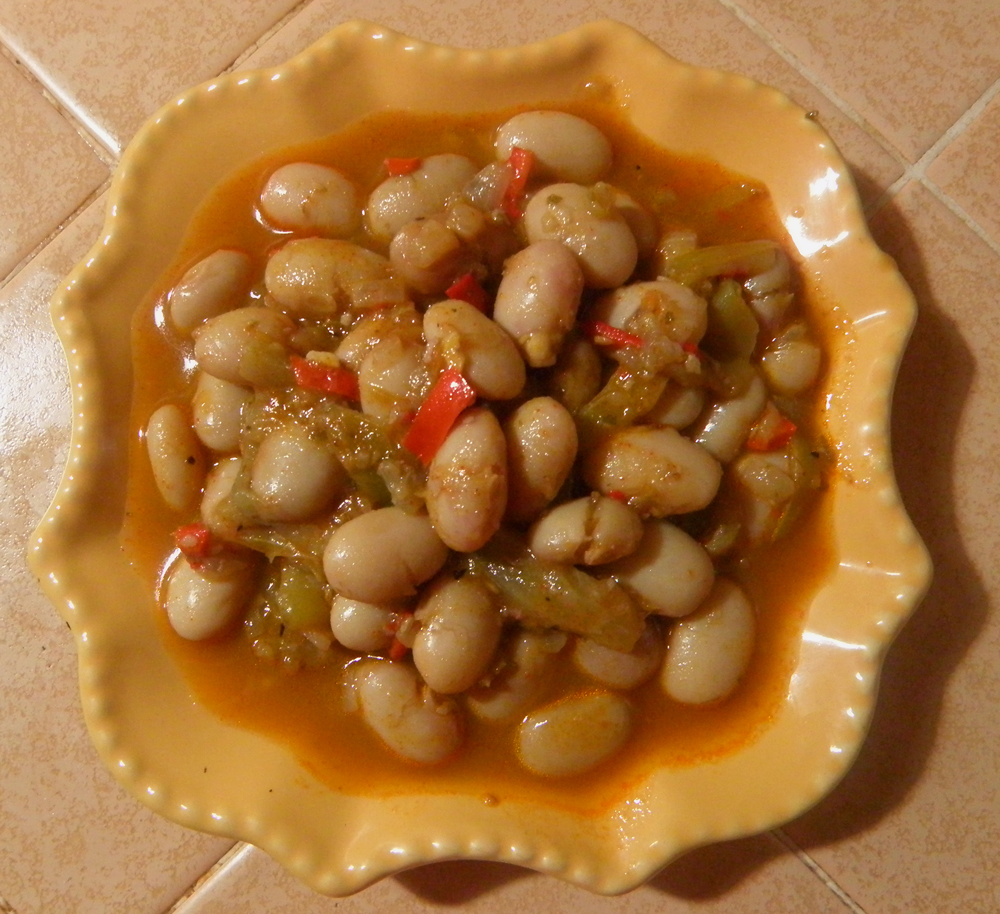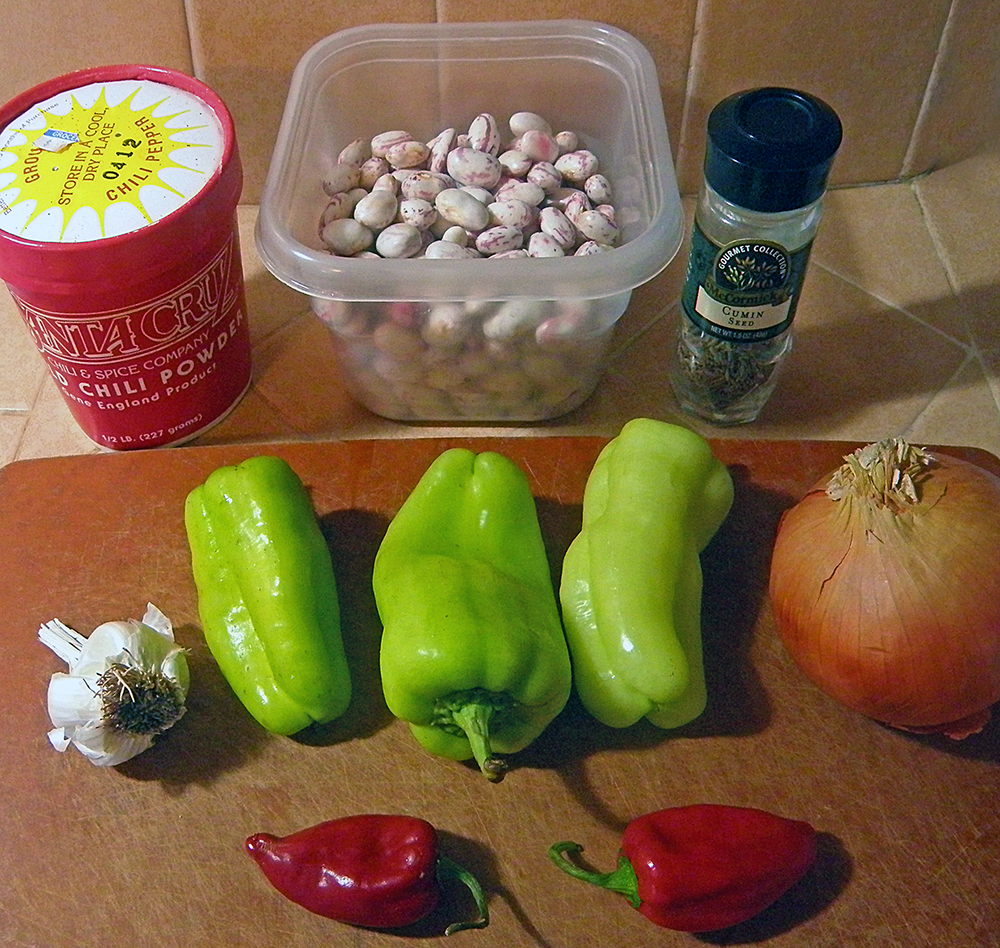
 8
8




Invasive plants are Earth's way of insisting we notice her medicines. Stephen Herrod Buhner
Everyone learns what works by learning what doesn't work. Stephen Herrod Buhner
 2
2




pax amor et lepos in iocando

 2
2




 2
2




Melissa said, "How is this different than green beans?
Invasive plants are Earth's way of insisting we notice her medicines. Stephen Herrod Buhner
Everyone learns what works by learning what doesn't work. Stephen Herrod Buhner
 4
4




Anne Miller wrote: Does anyone else eat fresh beans?
“If we are honest, we can still love what we are, we can find all the good there is to find, and we may find ways to enhance that good, and to find a new kind of living world which is appropriate for our time.” ― Christopher Alexander
 2
2




Invasive plants are Earth's way of insisting we notice her medicines. Stephen Herrod Buhner
Everyone learns what works by learning what doesn't work. Stephen Herrod Buhner
 2
2




Anne Miller wrote:
Melissa said, "How is this different than green beans?
Do some people eat pinto beans with the shell?
pax amor et lepos in iocando
 3
3




The best place to pray for a good crop is at the end of a hoe!
 6
6




"How fleeting are all human passions compared with the massive continuity of ducks.“ — Dorothy L. Sayers
 5
5




(Reminder to myself) God didn't say, "well said, well planned, and well thought out." He said, "well done."
Nikki's Wishlist
 2
2




 2
2




Melissa Ferrin wrote:
Anne Miller wrote:
Melissa said, "How is this different than green beans?
Do some people eat pinto beans with the shell?
Yes, I guess, maybe picking them a bit earlier than you do. The beans for dry beans they don't pick until they are completely and totally dry on the vine. The whole vines are picked and then the beans are harvested via them being heavier than the dry vines/shells.
Growing on my small acre in SW USA; Fruit/Nut trees w/ annuals, Chickens, lamb, pigs; rabbits and in-laws onto property soon.
Long term goal - chairmaker, luthier, and stay-at-home farm dad. Check out my music! https://www.youtube.com/@Dustyandtheroadrunners
 7
7





I found some beautifully patterned beans at the Farmer’s Market in Watsonville, CA. I asked some Mexican-American shoppers about them and they told me that that these were fresh pinto beans. "Pinto" means "painted" in Spanish, referring to the spots on the beans.

Plate of Cooked Pinto Beans
Fresh Pintos Ready to Eat
Fresh Pinto Beans
makes about 5 cups
3 cups fresh shelled pinto beans
1 tbsp. olive oil
½ cup chopped onion
2 cloves garlic, minced
3 small sweet peppers
2 small hot chili peppers
3 ½ cups water
2 tsp. instant veggie broth powder
¼ tsp. black pepper
1 tsp. cumin seeds
2 tsp. mild chili powder
Cut sweet peppers into julienne strips. You should have about 2 cups. Mince hot chili peppers. Grind cumin seeds with a mortar and pestle.

In 2 quart saucepan, sauté onion in olive oil till golden over medium heat. Add garlic and sauté till fragrant, about 30 seconds. Add sweet and hot peppers and stir to coat with oil. Sauté pepper about 2 minutes and add beans. Stir to coat with oil.
Add water, powdered veggie broth, black pepper, chili powder, and cumin. Stir and bring to boil over high heat. Reduce heat to medium and simmer uncovered till beans are tender to your liking, stirring every 10 minutes or so and checking to be sure liquid still covers beans. Cooking time will be about 45 minutes to 1 hour, depending on the size of the beans and how soft you want them. If you want them to get soft and mushy (for refried beans, etc.), continue cooking for up to 1½ hours.
Invasive plants are Earth's way of insisting we notice her medicines. Stephen Herrod Buhner
Everyone learns what works by learning what doesn't work. Stephen Herrod Buhner
 3
3




Visit Redhawk's soil series: https://permies.com/wiki/redhawk-soil
How permies.com works: https://permies.com/wiki/34193/permies-works-links-threads








 4
4




'What we do now echoes in eternity.' Marcus Aurelius
How Permies Works Dr. Redhawk's Epic Soil Series
 6
6




Argue for your limitations and they are yours forever.
 4
4




Weeds are just plants with enough surplus will to live to withstand normal levels of gardening!--Alexandra Petri
 10
10




Anne Miller wrote:One year, the first year that I grew pinto beans, we ate them fresh off the vine rather than drying them.
These beans were so much better than the dried beans.
I understand why they are usually dried so they will keep longer.
Does anyone else eat fresh beans?
Author: Growing Beans
Passionate about beans
 7
7




Living a life that requires no vacation.
 2
2




Author: Growing Beans
Passionate about beans
 3
3




Visit Redhawk's soil series: https://permies.com/wiki/redhawk-soil
How permies.com works: https://permies.com/wiki/34193/permies-works-links-threads
 2
2




Living a life that requires no vacation.
 2
2




 1
1




Dirty hands + a sweaty handkerchief = hope for the future.

|
Can you hear that? That's my theme music. I don't know where it comes from. Check under this tiny ad:
Freaky Cheap Heat - 2 hour movie - HD streaming
https://permies.com/wiki/238453/Freaky-Cheap-Heat-hour-movie
|


